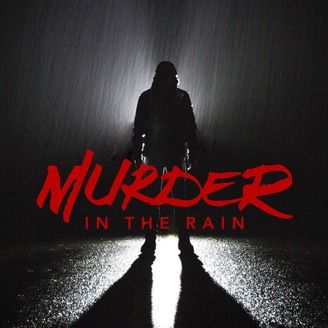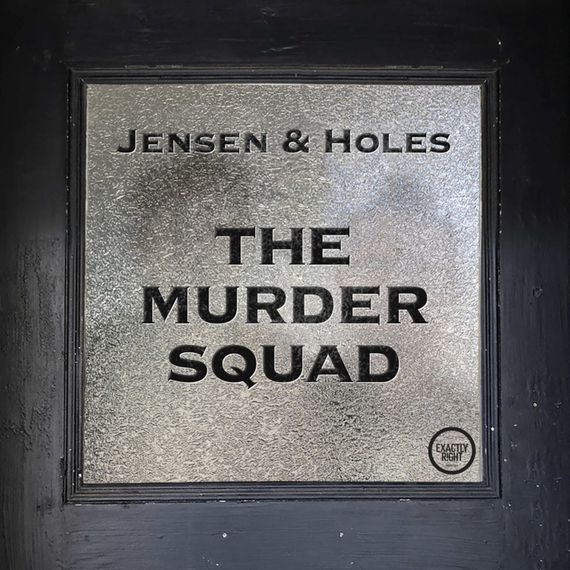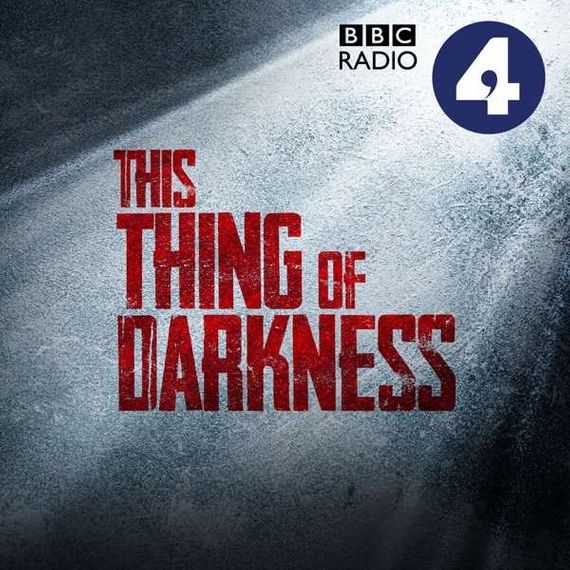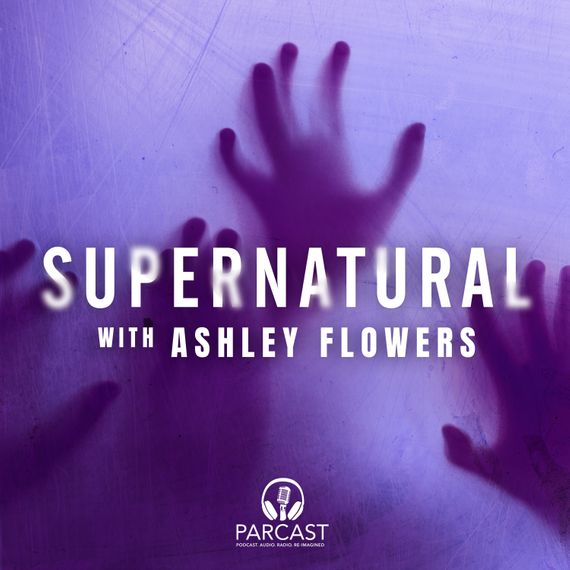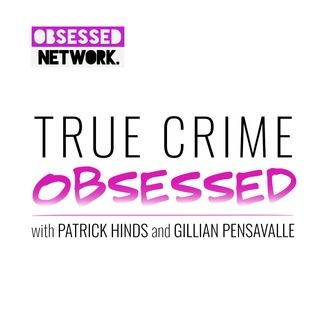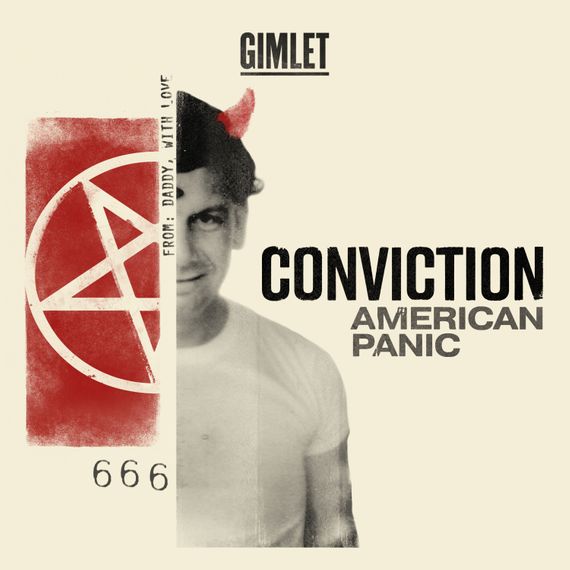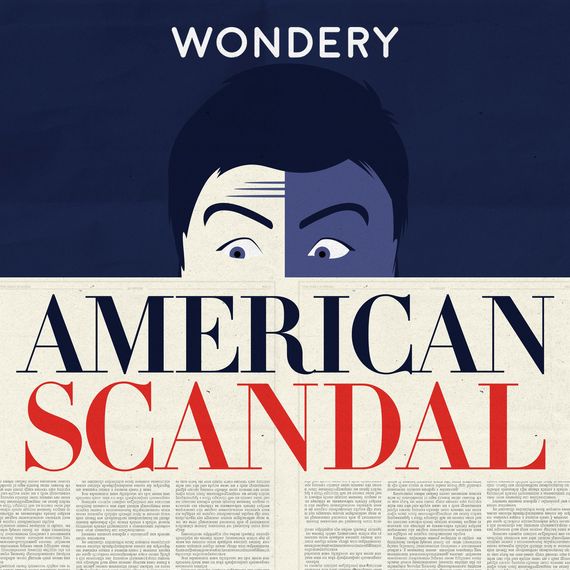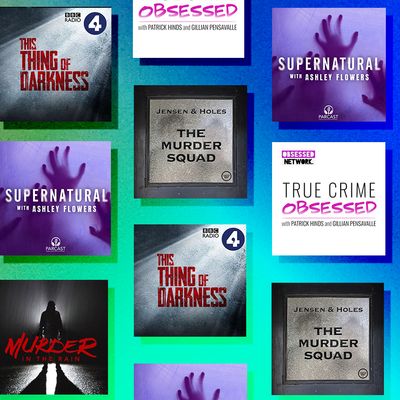
The true-crime podcast universe is ever expanding. We’re here to make it a bit smaller and a bit more manageable. There are a lot of great shows, and each has a lot of great episodes, so we want to highlight the noteworthy and the exceptional. Each week, our crack team of podcast enthusiasts and specialists will pick their favorites.
Murder in the Rain, “Bless Our Ann”
As a Pacific Northwest native, I feel rather guilty for having slept on this podcast, in which hosts Emily Rowney and Alisha Holland detail crimes from what is arguably the most murderous corner of the United States. But I picked a great episode to dive into head first. Ann Marie Burr was just 8 years old when she disappeared from her Tacoma, Washington, home one August night in 1961. An apparent kidnapping, police interviewed a number of suspects, including the neighborhood nudist and a 15-year-old from down the street who had a somewhat unconventional friendship with Ann. Despite police efforts, Ann’s body was never found and a suspect was never charged. All these years later, the case remains open, albeit with a footnote. As it turns out, there was one Tacoma teen who lived just outside the investigation radius who may have held some vital information, if only police had talked to him — his name was Ted Bundy. The notorious serial killer was just 14 years old at the time and delivered newspapers near Ann’s home. Decades later, when he was finally apprehended following his Florida killing spree, Bundy alluded to much earlier crimes committed during his adolescence, though he never took credit for Ann’s murder. It’s interesting conjecture, but does it hold? For the second half of the episode, Rowney and Holland welcome author Rebecca Morris, who wrote the book Ted and Ann: The Mystery of a Missing Child and Her Neighbor Ted Bundy, to discuss the threads connecting the two. After listening, I’m pretty sure I’m a believer, but your mileage may vary. Either way, Ann’s case deserves attention and is serviced well by Murder in the Rain.
— Amy Wilkinson
The Murder Squad, “Can I Take Your Picture? Serial Killers With Cameras”
According to Billy Jensen and Paul Holes, over 20 serial killers have used being a photographer as a particular con for potential victims. Of course, that means a ton of photographs have been left behind showing possible victims who are missing and/or unidentified, which means plenty of work for what the Squad calls “citizen sleuths.”
The first of four episodes in this series focuses on a 20-year-old woman named Lynn Ruth Connes, whose unsolved disappearance dates back to 1976. Connes was last seen waiting for a photographer who’d responded to a modeling ad she’d placed in a local newspaper. The catch? Connes’s disappearance could be linked to not just one creep with a camera but two: rapist and serial killer Rodney Alcala and Joseph Naso, whom the Squad covered last June. (Alcala is also the subject of the new Wondery podcast The Dating Game Killer.)
Although the episode takes an extended detour into Alcala’s history, the focus is technically on finding who was behind Connes’s disappearance, and/or tips on unidentified women in his other photographs. It seems like there’s still a steady stream of tips coming for every episode, so it should be interesting to see what they turn up. Tune in for the sleuthing, stay for producer Polly Kotowski’s inside knowledge on casting reality-TV shows … and Paul Holes’s unfortunate poison-oak incident. — Jenni Miller
This Thing of Darkness, “Part 1”
This Thing of Darkness, a new audio crime drama from the BBC, starts as many murder mysteries do with the discovery of a body. “Jamie, come wake up,” an increasingly panicked man pleads before he realizes that Jamie is dead. The 19-year-old has been murdered. The podcast operates as both a whodunit and an examination of the psychological dynamics of victims and perpetrators of crime. Dr. Alex Bridges, an expert forensic psychiatrist, emerges as the central character and narrator of this mystery. She meets the dead teen’s father, David, in jail after he’s been charged in the killing to evaluate him on behalf of his defense team. The story alternates between her recorded interview with him and her explanation of how she determines whether he is mentally fit to stand trial. Dr. Bridges insists her role isn’t to judge guilt or innocence but to unlock the minds of those charged in crimes. Yet her interviews with the accused and his family give listeners clues in this mystery. The first episode leaves listeners hanging, and eager to listen to “Part II,” as she asks David why police think he murdered his son. (Spoiler alert: He doesn’t answer.) — Lara Bricker
Supernatural With Ashley Flowers, “The Unknown: The Somerton Man”
In November 1948, a couple was taking a lovely evening stroll on the beach in Adelaide, South Australia, when they discovered a man leaning up against a wall, uncomfortable, and maybe drunk. The next day, the man was seen again, this time dead. He had no ID and no visible cause of death. Things only get weirder as the investigation moves forward, and to this day, no one knows the identity of the man, dubbed “the Somerton Man,” or how he died, while theories continue to spark and spiral. Supernatural examines crime that have elements of the unexplainable and truly bizarre. Host Ashley Flowers (Crime Junkie, Red Ball, Counter Clock, and Full Body Chills) investigates the mystery of the Somerton Man in all its unsolved, seemingly answerless impossibility. (FYI, the murdery atmosphere of Adelaide brings to mind California in the ’70s.) This is a podcast we need right now — absorbing, detailed, and unafraid to go to new fathoms of the weird. — Chanel Dubofsky
True Crime Obsessed, “Dahmer on Dahmer” Parts 1 and 2
Some might argue that a true-crime-podcast fixation is a particularly twisted way to self soothe, but I say, Why not lean into it? Especially these days, am I right? When I need an extra soupçon of levity, I tune in to True Crime Obsessed. Its latest two-parter is about the 2017 two-part special Dahmer on Dahmer: A Serial Killer Speaks, and as with anything to do with the serial killer and cannibal, it’s not for the faint of heart.
I don’t watch many true crime documentaries these days; something about the many, many streaming movie services I pay for make the latest Oxygen specials less, well, special, so I’m glad someone does it and can just tell me about it while also making me laugh at Nancy Grace. To be frank, I think some podcasts do a better job of covering true crime than the glut of specials that are being churned out, with the exception of some truly mind-blowing releases. TCO kills two birds with one stone by both entertaining me and saving me time. The original interview that the special builds on was conducted by Nancy Glass for Inside Edition in 1993, with supplemental interviews of his father and stepmother, a former classmate, and his neighbor. His crimes are truly the stuff of nightmares, and the special does seem to offer some interesting new information about Dahmer’s upbringing and history, not that anything can excuse his behavior. — Jenni Miller
March 6, 2020
The Dating Game Killer, “Tali” and “Rehabilitated”
Chances are you’ve heard of the so-called Dating Game Killer — a violent predator who appeared on the popular game show during the height of his killing spree in the late 1970s — but you probably don’t know the full extent of his depravity. This new six-part series on serial killer Rodney Alcala sheds light on some of those awful details — and it isn’t easy listening. Behind his shaggy hair and cool smile lay a monster who preyed on young women and girls, often using his work as a photographer to lull his victims into a false sense of security. Alcala’s first victim, Tali Shapiro — who is the subject of the first episode — was just 8 years old when he raped her and left her for dead. (She survived.) He pleaded to the lesser charge of assault and was paroled after just 17 months. This was the beginning of a troubling pattern for Alcala: He would assault someone, serve very little time, feign that he was a changed man, and return to society to strike again. To this day, the authorities don’t know how many victims he claimed — they are still trying to identify subjects in an enormous cache of photos Alcala left behind when he went to prison. The only happy ending here is that Alcala is now behind bars and should be there for the rest of his life. — Amy Wilkinson
Conviction: American Panic, “Believe the Children”
I have vague memories of the Satanic Panic — magazine covers, whispered conversations between adults, segments on the nightly news. Despite having very little information, I was fascinated by the idea of the Devil potentially being summoned by my neighbors. I didn’t know the whole story — the part that included children being sexually abused by Satanic cults that might have even involved their own parents. Conviction: An American Panic is a merciless and thorough examination of the Satanic Panic, in particular, how the crooked nature of memory can be manipulated, and how that lead to innocent people being convicted. In episode three, host Sharon Shattuck continues her examination of the story of Scott and Brenda Kniffen, accused of the child sexual abuse (and more) of their two sons. There’s actual recordings of the boys being questioned, and even if you’re not obsessed with interrogation techniques, you’ll know something is very wrong. In addition to suspicious medical and psychological assessments, there was the fear and paranoia that rose rapidly and relentlessly, and the people who profited from it all. This podcast covers it all. —Chanel Dubofsky
American Scandal, “The Lenny Bruce Obscenity Trial — The Obscenity Circus”
I’ll be honest: My only real frame of reference for comedian Lenny Bruce is the version of him we see on the TV series The Marvelous Mrs. Maisel, so this season of American Scandal is a real eye-opener for me on how narrowly the First Amendment was once interpreted. A popular comedian in the 1950s and ’60s, Bruce was well known for his frank stand-up routines that often focused on taboo topics such as politics, religion, and sex. In 1961, Bruce was arrested in San Francisco on obscenity charges, which kicked off a series of arrests across the country after he performed in venues in Los Angeles, Chicago, and New York. And that’s essentially where the first episode ends. I wish the podcast would provide a bit more context for the arrests by actually revealing the offensive terms and phrases he used (of course, you could always check Wikipedia), but otherwise, this is an intriguing look at a landmark freedom-of-speech case — and just how far (and, honestly, not so far) we’ve come over the past 50 years. — Amy Wilkinson
Murder in Pilot Mountain, “Who Was Ronda Blaylock?”
On August 26, 1980, 14-year-old Ronda Blaylock disappeared after school in Rural Hall, North Carolina. Her body was found three days later, 17 miles away in Pilot Mountain, North Carolina. Forty years later, FOX8 WGHP-TV in Greensboro is taking another look at Ronda’s case. In episode two, host Chad Tucker recounts the formation of the Ronda Blaylock Task Force, formed in 2015, in which detectives tackle the case again, reinterviewing available witnesses and presenting a perspective we don’t often hear: that while time passing at the beginning of an investigation is the enemy, eventually, it might even be an asset. A flyer, a reward, and some fresh eyes make all the difference in solving this small-town murder, so tune in for an immaculately delivered cliffhanger. —Chanel Dubofsky


